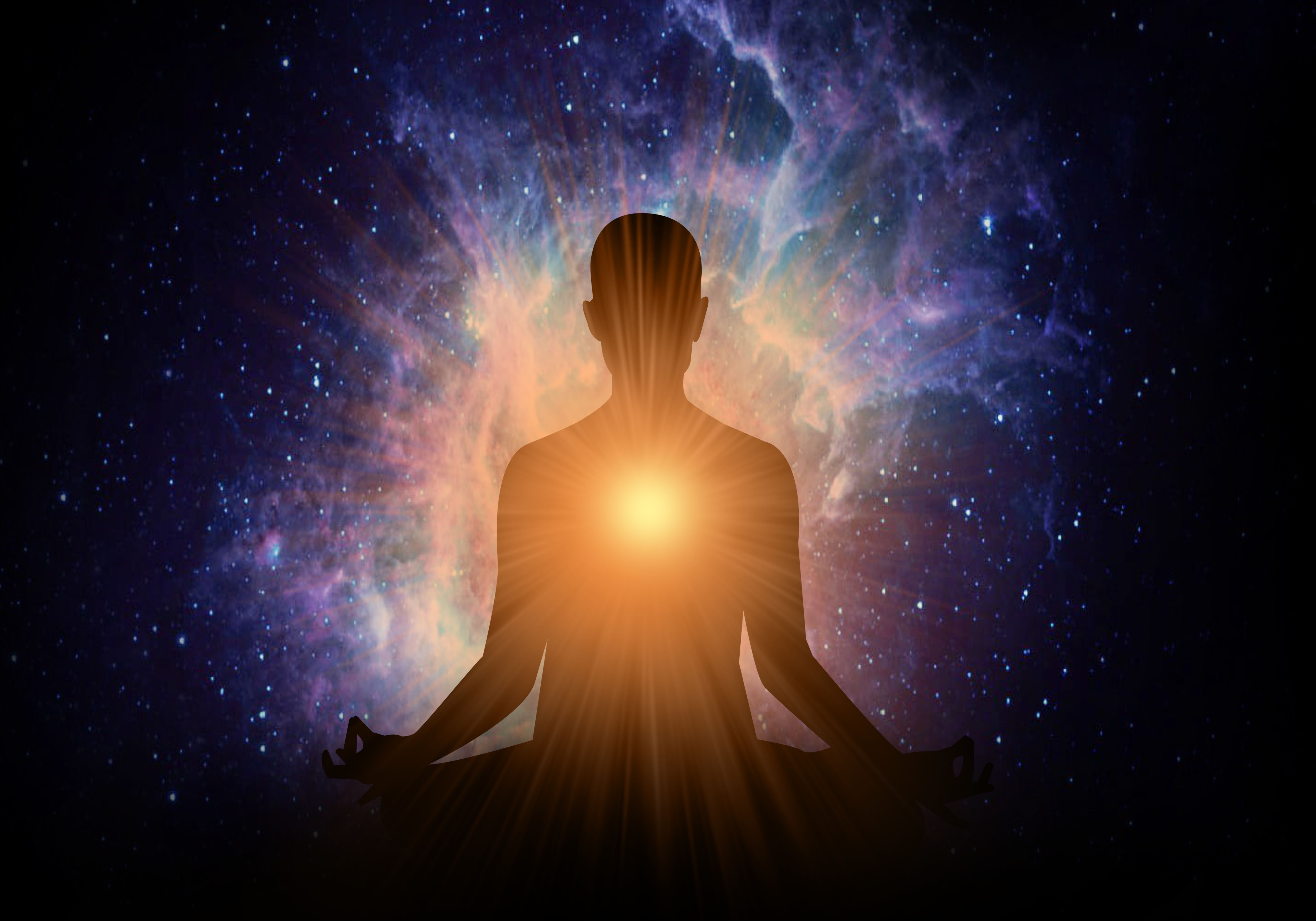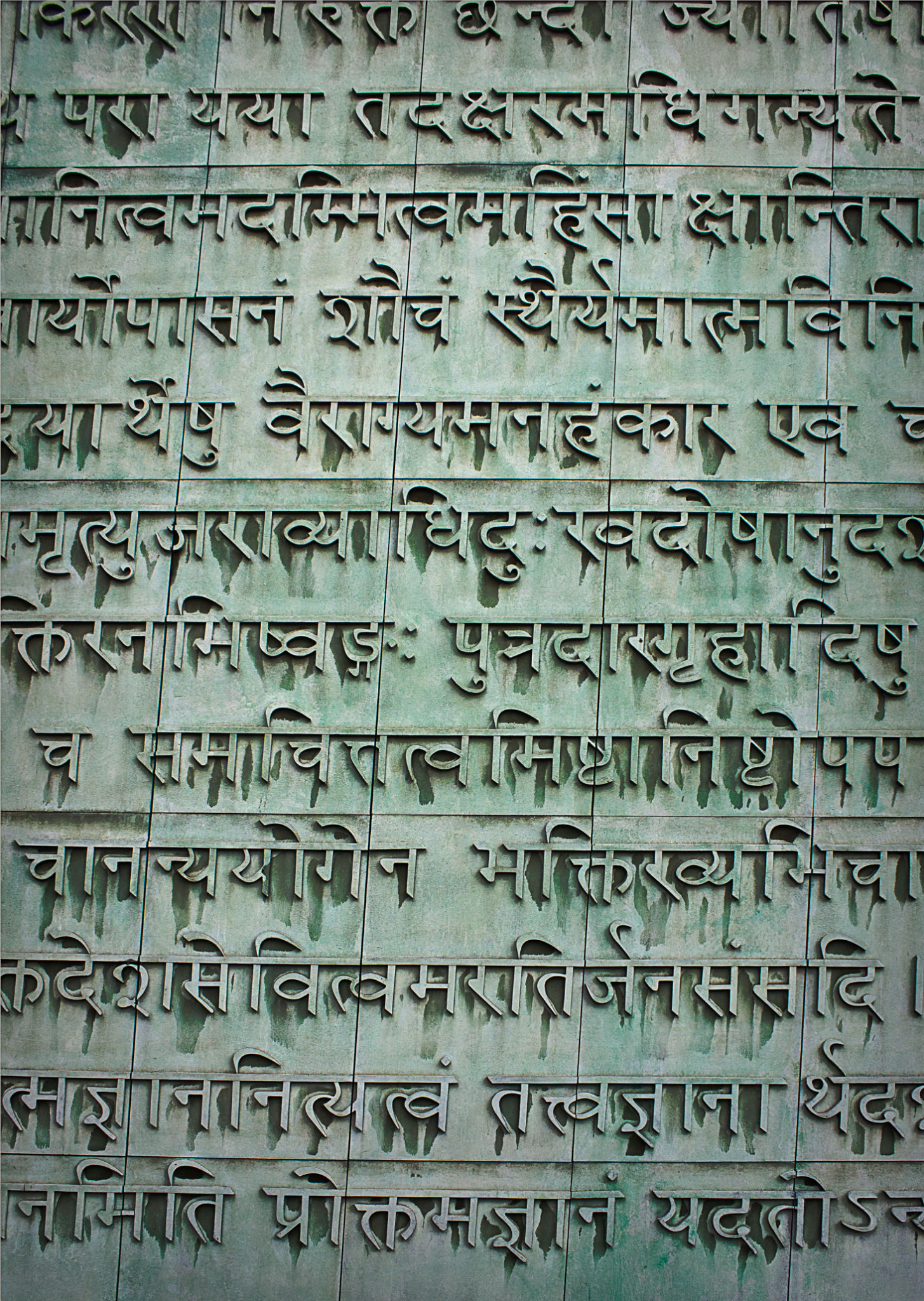33 Days of Upanishad Wisdom Guide: A Journey to Vedantic Truth
LP
Embarking on a Spiritual Journey
For those seeking a deeper understanding of life and the universe, the Upanishads offer a profound source of wisdom. The "33 Days of Upanishad Wisdom Guide" is designed to be your companion on this enlightening journey. This guide aims to distill the essence of these ancient texts, providing insights into the core principles of Vedantic truth.
Each day in this 33-day journey is crafted to introduce you to key concepts from the Upanishads, offering a blend of philosophy, meditation techniques, and practical exercises. Whether you are new to Vedanta or looking to deepen your understanding, this guide serves as a powerful tool for personal growth and spiritual enrichment.

Understanding the Upanishads
The Upanishads are a collection of ancient Indian texts that form the philosophical basis of Hinduism. Known as the end part of the Vedas, these texts delve into the nature of reality, the self, and the ultimate purpose of life. They are revered for their exploration of metaphysical concepts and have inspired countless seekers over the millennia.
Key themes explored in the Upanishads include Brahman (the ultimate reality), Atman (the inner self), and the interconnectedness of all beings. By studying these themes, one can gain a deeper appreciation for the unity and diversity present in existence.
The Essence of Brahman
Brahman is a central concept in the Upanishads, representing the infinite and unchanging reality that underlies all existence. It is described as beyond human comprehension yet intimately connected with every aspect of life. Understanding Brahman requires moving beyond intellectual knowledge to experience this truth through meditation and self-inquiry.

Atman: The Inner Self
Atman, often referred to as the soul or inner self, is another pivotal concept in the Upanishads. It is the true essence of an individual, transcending physical and mental limitations. The realization that Atman and Brahman are one and the same is considered the ultimate goal of spiritual practice within Vedanta.
To achieve this realization, practitioners are encouraged to engage in practices such as meditation, contemplation, and ethical living. These practices help in peeling away layers of ignorance to reveal the true self.

Practical Exercises for Daily Reflection
The "33 Days of Upanishad Wisdom Guide" includes various exercises that encourage daily reflection and meditation. Here are some examples:
- Daily meditation sessions focusing on different aspects of Vedantic philosophy.
- Journaling exercises to explore personal insights and experiences.
- Mindful living practices that align daily actions with spiritual principles.
These exercises aim to integrate Vedantic wisdom into everyday life, promoting a harmonious balance between spiritual understanding and practical living.
Connecting with the Universal Spirit
One of the transformative aspects of studying the Upanishads is fostering a sense of connection with the universal spirit. This connection transcends religious boundaries, offering a unifying perspective that emphasizes compassion, love, and understanding among all beings.

Conclusion: The Path to Enlightenment
The journey through the "33 Days of Upanishad Wisdom Guide" is an invitation to explore the depths of Vedantic truth. This path encourages introspection, fostering a profound transformation in how we perceive ourselves and our place in the universe. By embracing these teachings, we open ourselves to a life enriched with wisdom, peace, and purpose.
As you engage with this guide, remember that each step taken towards understanding is a step closer to enlightenment. Allow the wisdom of the Upanishads to illuminate your path and inspire your journey toward spiritual fulfillment.